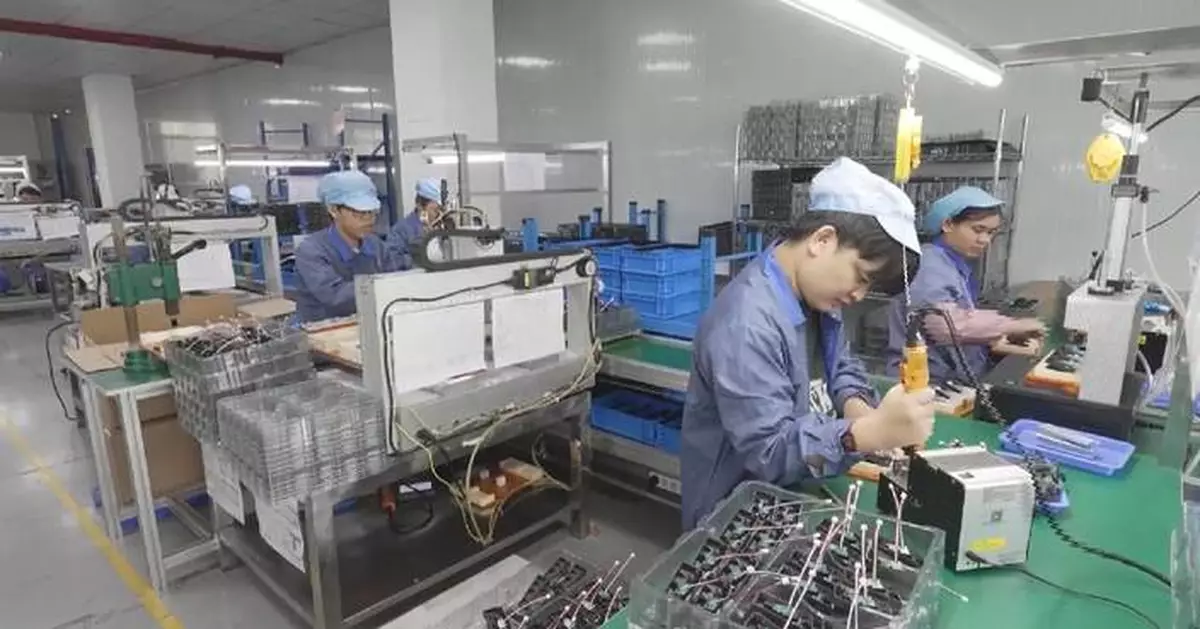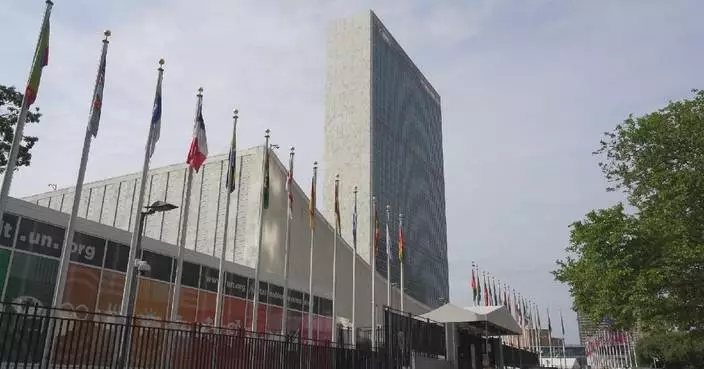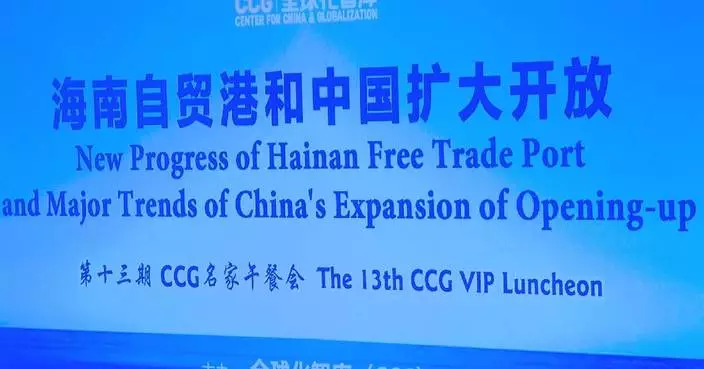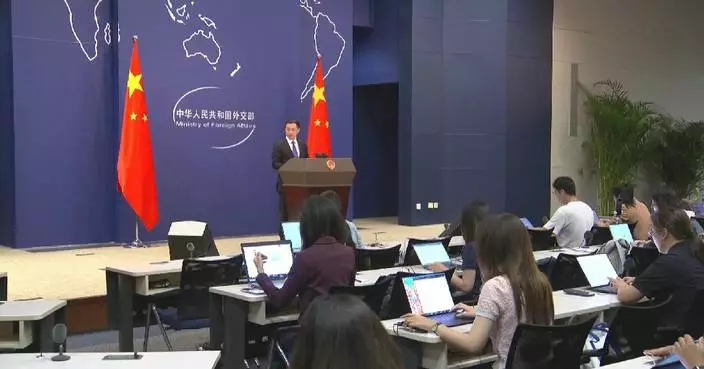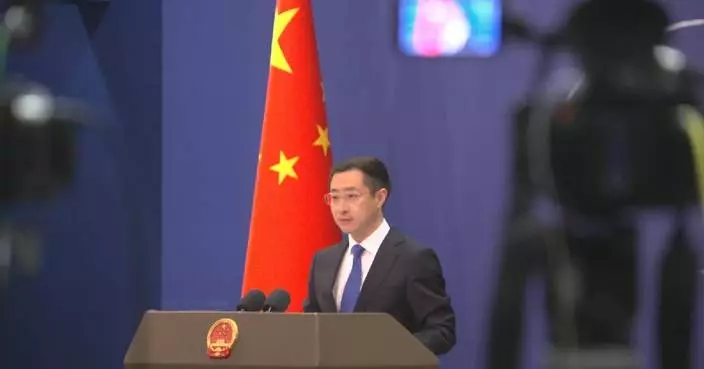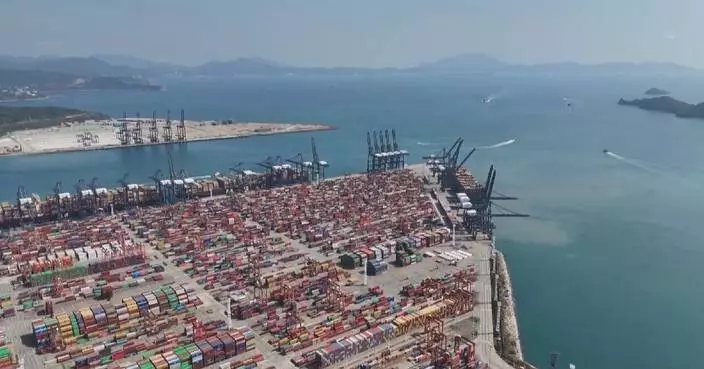The purchasing managers' index (PMI) for China's manufacturing sector maintained steady and optimized growth in November, with key areas such as new growth drivers and consumer goods showing steady and rapid expansion.
The PMI for China's manufacturing sector came in at 50.3 in November, up from 50.1 in October, according to data jointly released by the China Federation of Logistics and Purchasing and the National Bureau of Statistics (NBS) on Saturday.
A reading above 50 indicates expansion, while a reading below 50 reflects contraction.
In November, the PMI for equipment manufacturing and high-tech manufacturing stood at 51.3 percent and 51.2 percent, respectively.
In the realm of consumer goods manufacturing, as the new year approaches, the market for New Year's products is heating up. This has led to a rebound in consumer goods manufacturing, with the purchasing manager index returning to the expansion range. Additionally, both the production index and the new order index have exceeded 52 percent, reflecting an accelerated recovery.
"Overall, the recovery of the industry is widespread. Furthermore, alongside this general recovery, the optimization of the industrial structure is quite evident," said Cai Jin, vice chairman of the CFLP.
From the perspective of enterprise types, large enterprises continue to grow steadily, with their PMI remaining in the expansion range, providing significant support for the economy. Additionally, the recent strengthening of policies aimed at alleviating challenges for businesses has led to improved operations for small and medium-sized enterprises.
Notably, medium-sized enterprises have returned to the expansion threshold after remaining below 50 percent for six consecutive months, with an uptick in market demand and accelerated production activities. Small enterprises also experienced a strong rebound, with the production index rising by 3.9 percentage points from the previous month to exceed 51 percent.
"How can we help enterprises overcome difficulties? I believe it is crucial to implement several measures in this regard. In the short term, we need to address the issue of insufficient demand," said Zhang Yansheng, a research fellow of the Chinese Academy of Macroeconomic Research.
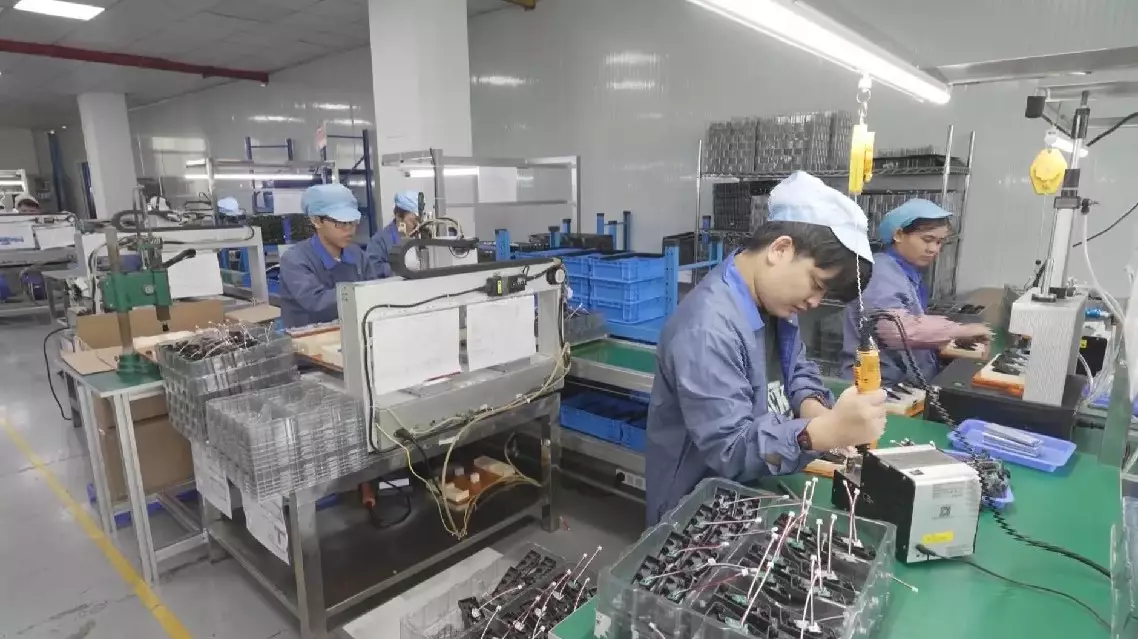
China sees rising new economic drivers in manufacturing sector in November
The China-CELAC (Community of Latin American and Caribbean States) Forum is expected to bring new vitality to the global development and human civilization, said Colombian President Gustavo Petro in Beijing.
Petro, who delivered a keynote speech at the opening ceremony of the fourth ministerial meeting of the China-CELAC Forum on Wednesday, told China Media Group (CMG) in an interview, while giving a special mention of the importance of the forum as a platform to reshape multilateralism.
"This Forum, held here in China, comes at a pivotal moment in history. And that's precisely what makes it so significant. It is taking place at a time when multilateralism is in urgent need of reshaping. There are some powers who believe they can rule the world through intimidation and shows of force. But with China and Latin American and Caribbean (LAC) countries standing together, we must make them understand: history is full of hard lessons. Those who once flexed their military might did not prevail. They may have enjoyed momentary success in the past, but this time, history will not repeat itself," he said.
This year marks the 10th anniversary of the China-CELAC Forum's operation.
Chinese President Xi Jinping stated in his speech delivered at the opening ceremony of the fourth ministerial meeting of the China-CELAC Forum that under the careful cultivation of both sides over the past 10 years, the China-CELAC Forum has grown from a tender sapling into a towering tree.
Petro hailed the relations between China and LAC countries over the past decade, saying that the cooperation is expected to energize the global development and human civilization.
"Yes, exactly, a tree. A strong and thriving tree, with deep and well-developed roots firmly anchored in the earth. There's no doubt that over the past ten years, trade in physical goods between China and LAC countries has grown substantially. China is involved in building the Bogota metro project. China is also constructing a port in Peru, and many other large-scale infrastructure projects are being advanced through Chinese investment and engineering expertise. When we link the cultural and civilizational threads of China and LAC countries, it's as if we are nurturing a living tree, one that grows tall toward the sky and promises to bring new vitality to the human civilization," he said.

China-CELAC Forum brings new vitality to global development: Colombian president



